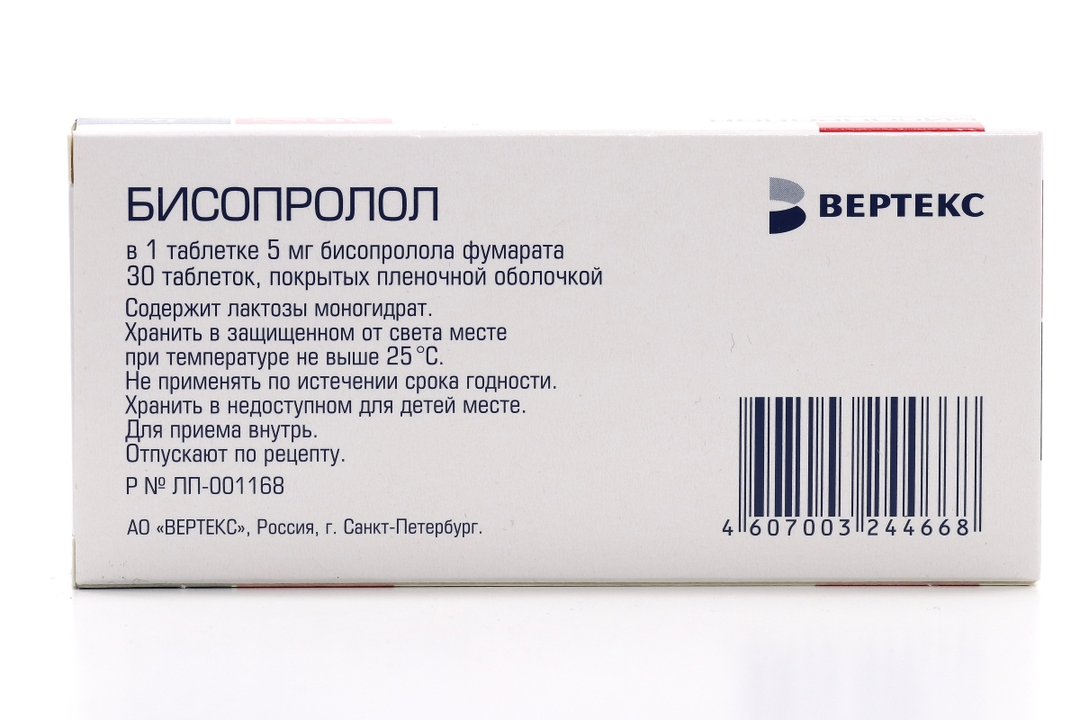Drug Interactions – Simple Tips to Stay Safe
If you take more than one medication, chances are you’ll run into a drug interaction at some point. It’s not just about prescription pills; over‑the‑counter meds, supplements, and even foods can change how a drug works. Ignoring these combos can lead to weaker treatment, nasty side effects, or serious health problems. Below we break down the basics so you can spot trouble before it starts.
Common Types of Interactions
Prescription‑prescription: Two prescribed drugs may compete for the same enzymes in your liver. For example, ibuprofen taken with blood thinners like warfarin can raise bleeding risk because both affect clotting pathways.
Prescription‑OTC or supplement: Many people think a vitamin or herbal product is harmless, but it isn’t. Sertraline (Zoloft) mixed with St. John’s Wort can spike serotonin levels and cause serotonin syndrome – a potentially life‑threatening condition.
Food‑drug combos: Grapefruit juice is famous for blocking an enzyme that clears many meds, including some cholesterol drugs. Drinking grapefruit while on statins can push drug levels too high, leading to muscle pain or kidney issues.
Caffeine and certain meds: If you’re on atenolol, a beta‑blocker for blood pressure, caffeine may increase heart rate and counteract the medication’s calming effect. That means your morning coffee could make you feel jittery even though you’re taking the pill as prescribed.
How to Avoid Dangerous Mixes
1. Keep a master list. Write down every prescription, over‑the‑counter product, supplement, and notable food or drink (like grapefruit). Update it whenever you add something new.
2. Ask before you buy. When picking up an OTC pain reliever or a new vitamin, tell the pharmacist what else you’re taking. A quick check can catch hidden interactions that most people miss.
3. Use reliable tools. Apps and online interaction checkers from trusted health sites (like 90DayMeds.com) let you enter multiple drugs and see warnings instantly. Don’t rely on random forums; stick to reputable sources.
4. Watch the timing. Some interactions depend on when you take each drug. For instance, taking iron supplements too close to antibiotics can reduce antibiotic absorption. Spacing them a couple of hours apart often solves the problem.
5. Read labels carefully. Look for warnings about “do not use with alcohol,” “avoid grapefruit,” or “may increase risk of bleeding.” Even small print can protect you from big trouble.
6. Stay in touch with your doctor. If you’re prescribed a new medication, let your provider know about all the other pills and supplements you already use. They may adjust doses or suggest alternatives that play nicer together.
Remember, most interactions are avoidable if you stay informed and ask questions early. The next time you reach for a supplement or consider a new prescription, take a minute to check how it fits with what’s already in your system. A little extra effort now can keep you feeling great and prevent nasty surprises later.
Got a specific combo you’re unsure about? Type the names into our interaction checker on 90DayMeds.com for fast, expert‑backed advice. Your health is too valuable to leave to guesswork.

Sumatriptan and Alcohol: What You Need to Know
As a blogger, I feel it's important to share information about the interaction between Sumatriptan and alcohol. Sumatriptan is a medication used to treat migraines and cluster headaches, while alcohol, as we know, is a commonly consumed substance. It's crucial to understand that combining Sumatriptan and alcohol can increase the risk of side effects such as dizziness, drowsiness, and difficulty concentrating. Additionally, alcohol may also decrease the effectiveness of Sumatriptan, making it less potent in alleviating headache symptoms. So, it's highly recommended to avoid alcohol consumption while taking Sumatriptan for a safer and more effective treatment experience.
May 5 2023